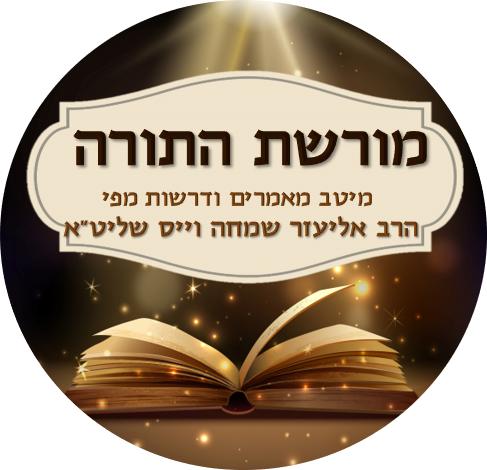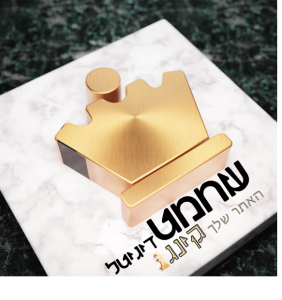Terumah-purim-yom kippurim
Then Moses assembled the whole Israelite community and said to them. (Exodus 35:1)
When the people saw that Moses was so long in coming down from the mountain, the people assembled against Aaron and said to him. (Exodus 32:1)
In Parshat, Ki-Tissa, Moses descended from Mount Sinai bearing a second set of tablets and tidings for the people: the Lord had forgiven them for the Golden Calf. Moreover, as this story develops in the beginning of the next Parsha, Vayakhel, the Holy One, blessed be He, wished to have His Presence dwell among the Israelites, and so He commanded them to build the Tabernacle (Mishkan) (35:11). In the first sentence of Parshat Vayakhel, Moses brings all the Israelites together to tell them about the building of the Mishkan.
This Parasha begins with the word ‘VaYakhel – [Moses] assembled’. The root kahal, like the word kehilah, means congregation. The word echoes ‘VaYakhel – The people assembled’ which also appeared in last week’s story of the Golden Calf and provides a link between the situation before the making of Golden Calf and the building of the Tabernacle. The Torah in Parshat Ki Tisa says on the making of the Golden Calf (Egel Hazahav), “Vayakhel ha’am al Aharon” (32:1) which seems to imply a unifying process to be used against the epitome of peace, Aharon, an Assembly of dissention to the extent that thereafter each tribe worshipped a different Golden Calf.
The word Vayakhel — Assembling together of all the Israelites (Kol B’nai Yisrael), introduces the building of the Mishkan, the forerunner of the Temple (Beit HaMikdash), which serves as a kappara for the Eigel Zahav.
All the Israelites were gathered together for this announcement, because unity had to be achieved in order to build the Mishkan. This event occurred on the day after Yom Kippur because then all been united in their prayers, as they had been at the Revelation,
Upon arriving in the Sinai wilderness, B’nai Yisrael encamped opposite the mountain. The singular verb “vayichan” is applied to the collective noun “B’nai Yisrael”, Rashi cites the Midrash which states that the singular verb is employed to signify that Bnai Yisrael were unified “ke’ish echad beleiv echad” – “as one man with one heart. That unity lasted only 40 days until the worshipping of the Golden Calf. It was then broken and now that unity had once again been achieved as indicated by the use of the verb Vayakhel, the necessary basic requirement to be able to work together on building the Tabernacle, which served to be a rectification (tikkun) for the sin of the Golden calf, had been reinstituted.
R’ Shlomo Alkabetz (author of the L’cha Dodi prayer and the book Manot Halevi on Megillat Esther) finds a similarity in the Purim story. When Esther tells Mordecai about her plight, she orders him (4:16) to gather together all the Jews. This was done to counteract Haman’s observation that the Jews were scattered amongst the peoples of Persia and Media and were characterized by strife and disunity (3:8). Once the Jews were organized and unified they prayed for Esther’s success (9:2).
Esther and Mordechai wished this feeling of unity, friendship and harmony to continue amongst the Jews and the therefore instituted a novel method to ensure the continuing harmony amongst Jewish people :the mitzvah of giving Mishloach Manot (Purim gifts) described in the Book of Esther, meant according to R’ Shlomo Alkabetz, to increase love and friendship among Jews.
We can also see how great the power of Purim is, even greater than that of Yom Kippur. Before Yom Kippur a person will approach his friend and ask for forgiveness. This can act to mend fissures in a friendship. On the other hand if a person sends Mishloach Manot to someone that he is not friendly with, he can create new relationships where there previously might have been enmity.
We should only see togetherness and an increase peace and friendship among the Jewish people.

 שחמט דיגיטל
שחמט דיגיטל